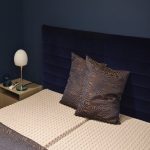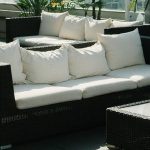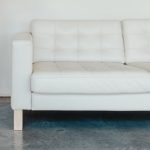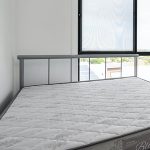How To Get Water Stains Out of A Couch?
Water is transparent, so how did it stain your couch? Unfortunately, it happens more often than you think. Whether it’s from a spill or condensation from a cold glass on a hot day, water stains can ruin the look of your furniture and be difficult to remove. The good news is that most water stains are treatable!
We always recommend you contact the experts here at Brisbane Upholstery Cleaning to handle your stain removal needs. Cleaning upholstery yourself can be risky and you may end up causing more damage. But, we know how tempting it is to have a go yourself, so you could follow these tips below at your own risk.
In this post, we’ll show you some easy steps to help you get water stains out of your couch or perhaps even a mattress and make it look like new! Let’s get started.
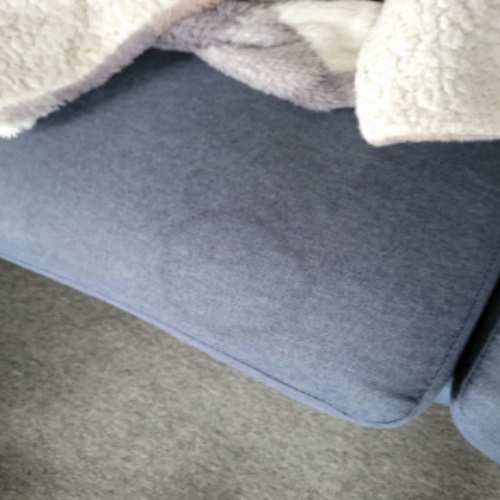
Basic Rules Of Water Stain Removal
Blot, Blot & Blot: Use a paper towel or soft cloth to gently dab and absorb the excess liquid. Don’t rub or scrub since this can spread the stain, drive it deeper into the fibres, and make it more difficult to remove.
Act Fast: Stains treated promptly have a much better chance of being removed.
Test & Treat: Before attempting to remove the stain, test your cleaning solution in an out-of-the-way spot. It’ll prevent discoloration or damage to your furniture. Use gentle pressure and only enough cleaning solution to treat the stain.
How To Get Water Stains Out of A Couch: 3 Methods
Get Your Steamer
What should be your immediate next step after spilling water? Blot excess water, then steam! Steam cleaning may remove water stains from fabric furniture. It works by lifting and extracting the stain from deep within the fibres. Here’s how to do it:
• Fill a steamer with distilled water and plug it in.
• Hold the steamer about an inch away from the stain and apply gentle, consistent pressure.
• Move the steamer in a circular motion around the stain for about 20 seconds.
• Afterward, use a dry cloth to blot away any remaining moisture and inspect for residual stains.
If steaming isn’t an option for your couch, you can proceed with one of the following methods:
Method 1: Toss It In The Washing Machine
If you have removable and machine-washable cushion covers, thank your lucky stars! Remove your couch covers and throw them in the washing machine. Choose a gentle cycle, and use cold water only. Add an appropriate amount of detergent and avoid using bleach or fabric softeners – they can discolour your covers.
For the couch itself, you can simply vacuum it to remove crumbs and dirt that the water has loosened up. Then, use a steamer and a microfiber cloth to remove any remaining stains.
Method 2: Use White Vinegar
White vinegar contains acetic acid, a natural organic compound that is colourless. Household vinegar usually contains around 5% acetic acid and is made from fermenting fruits such as grapes and apples. Its low pH level effectively breaks down minerals like iron and manganese.
Soak a cloth in white vinegar and gently wring out the excess. Gently dab around the perimeter of the water stain before slowly working your way to the centre. Avoid rubbing the vinegar in; gently dab the stained area until it has been coated in vinegar.
Leave the solution for 15-20 minutes. Then take a clean cloth and dip it in lukewarm water. Using this dampened cloth, dab away the stain from the outside to the centre until there’s no trace left. Repeat as needed!
Method 3: Lemon Juice
Lemons are particularly beneficial for scrubbing away mineral stains caused by hard water, thanks to citric acid. Here’s how you can use it:
• Mix two freshly-squeezed lemons in a cup of hot water, then use a soft cloth to dab the mixture onto the stain. Cover the entire affected area, but don’t saturate it.
• Give it time to soak in, about ten minutes, then use a soft toothbrush to work the solution into the stain.
• Once it has cleared up, use a damp cloth to pat the area dry, repeating as needed until it’s all gone. Finally, dry the area with a clean towel and blow dry on a low setting.


